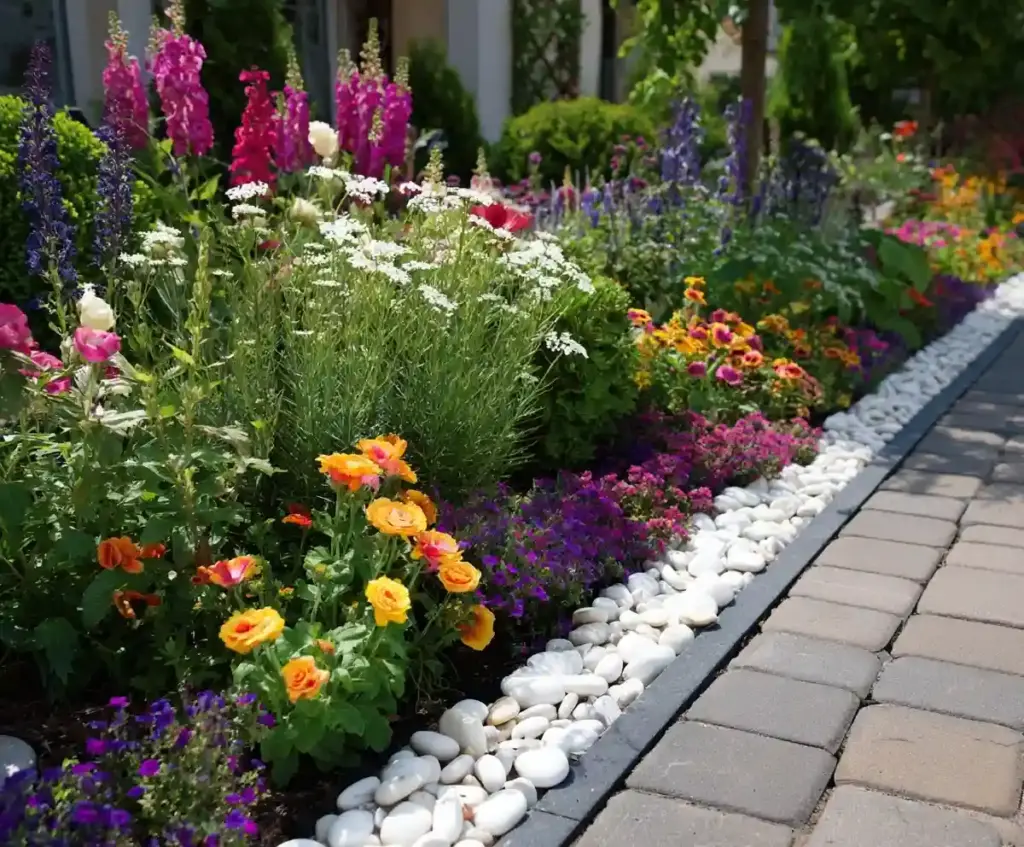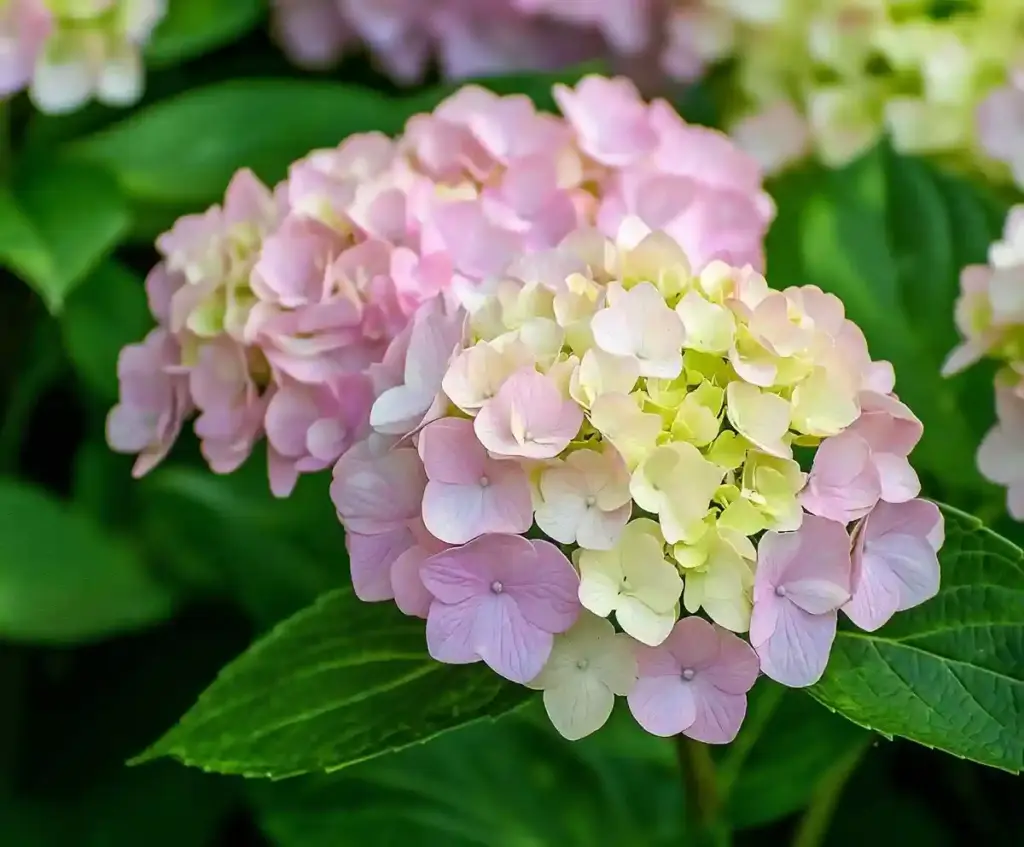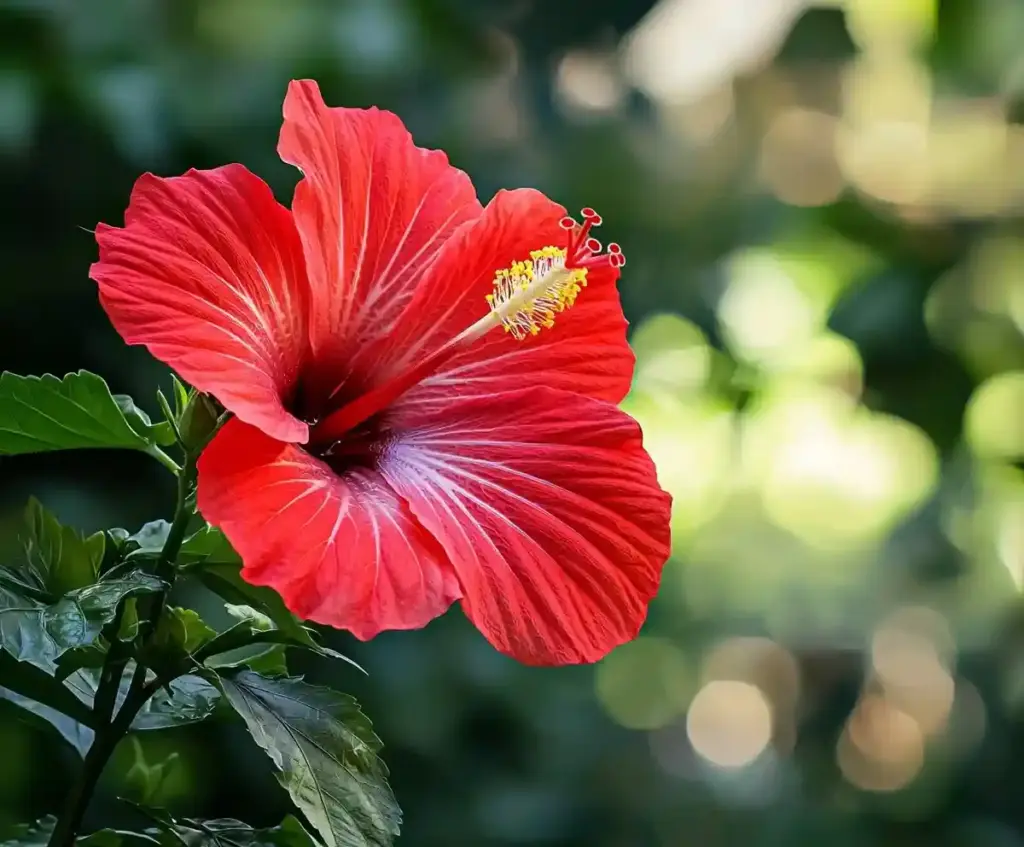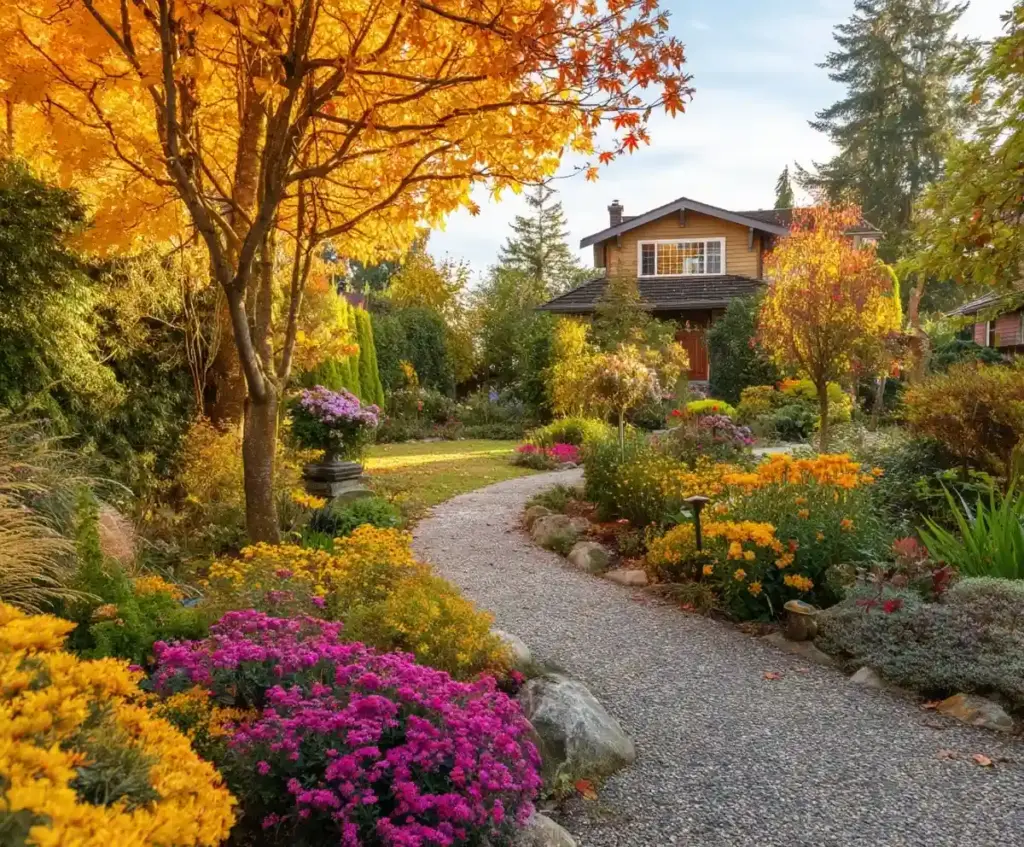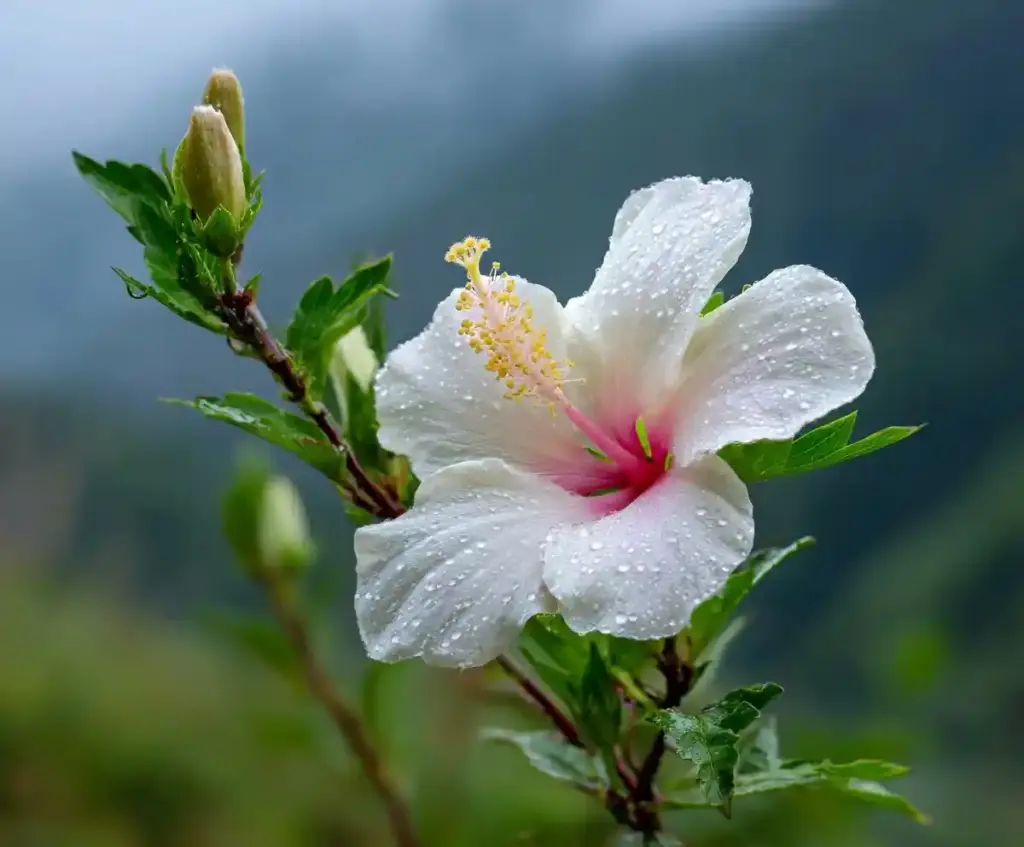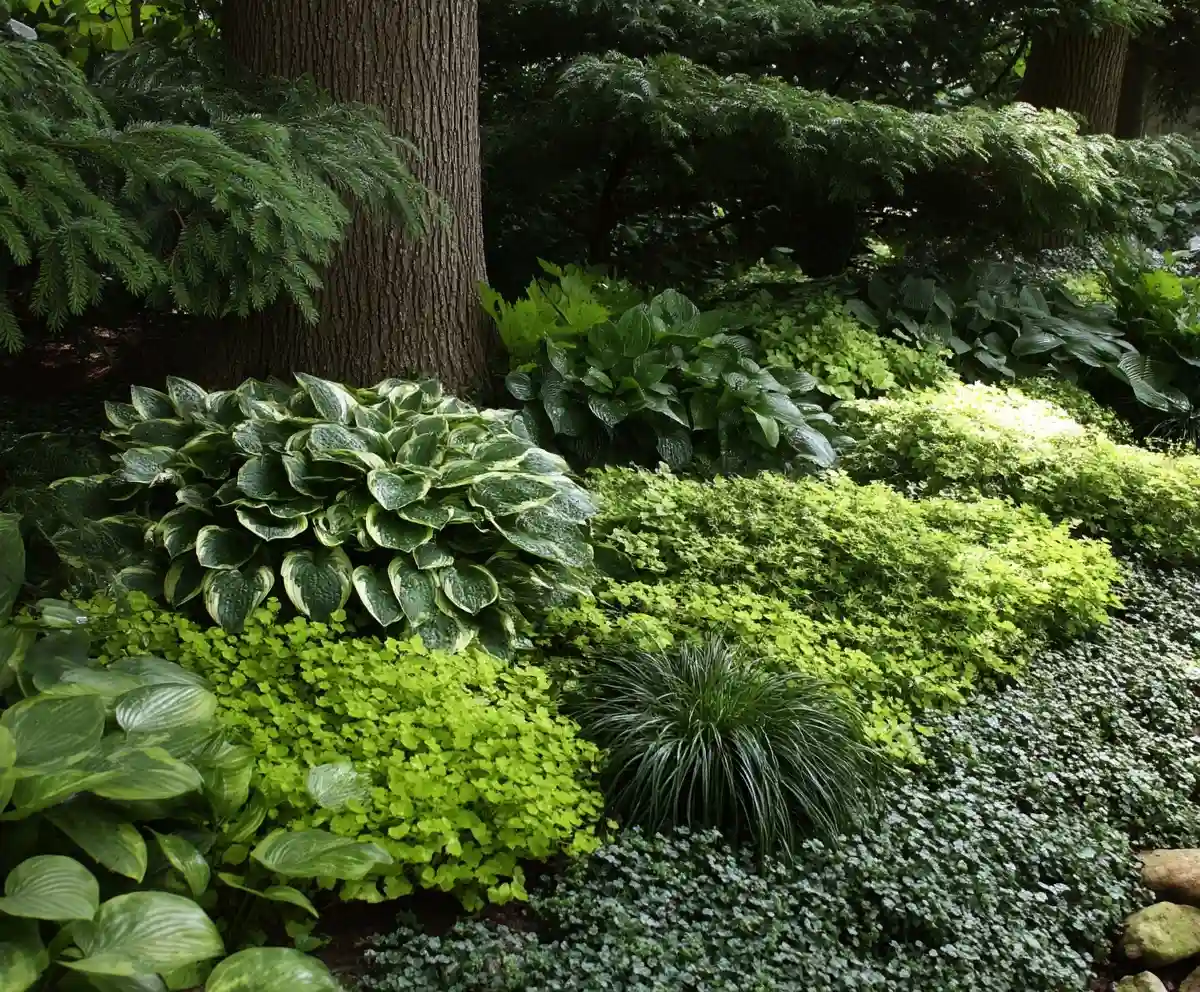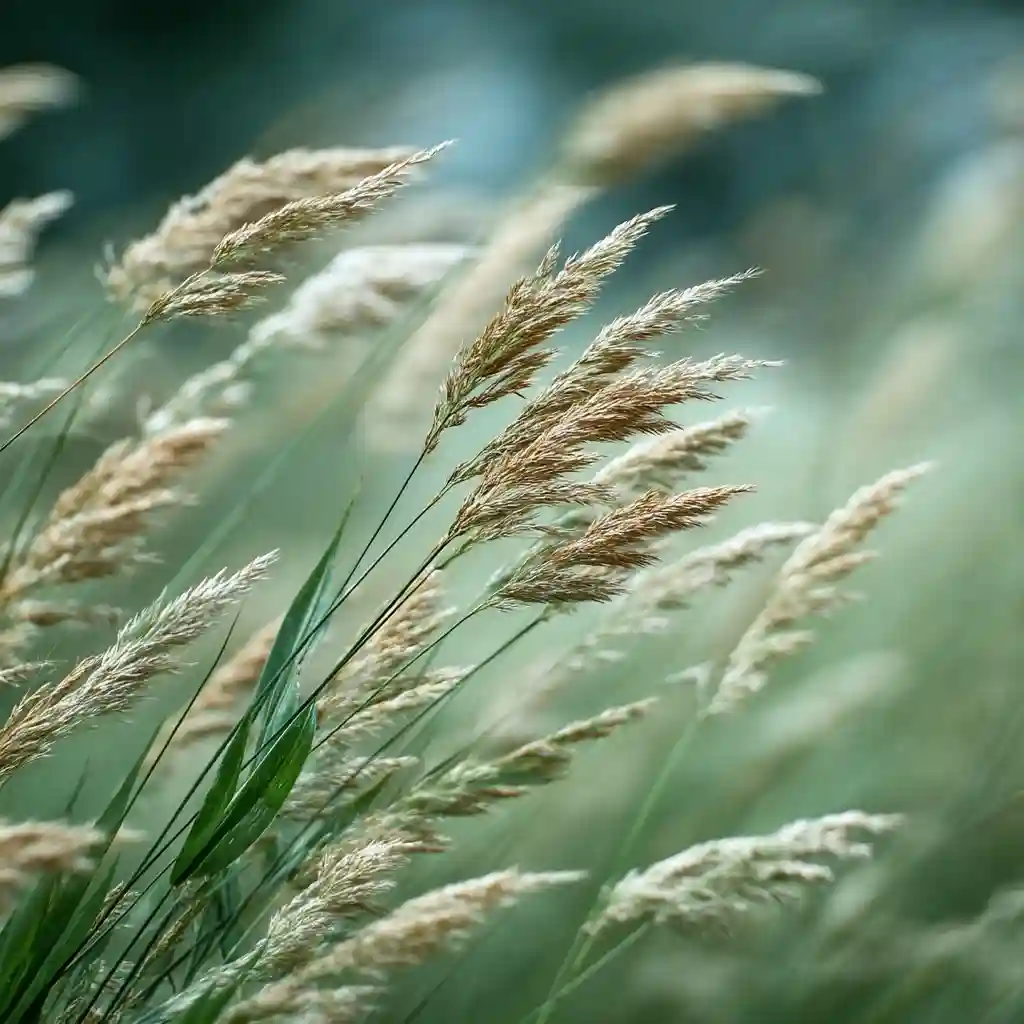Plants to grow under evergreen trees can feel like an impossible gardening challenge. If you’ve tried planting beneath those dense, towering trees—especially pines—you’ve likely dealt with bare patches, dying grass, or wilting flowers. It’s a common frustration.
The truth is, most plants don’t appreciate the deep shade and thirsty root systems evergreen trees create. But that doesn’t mean you have to leave that space barren. With the right shade-tolerant plants for under pine trees, you can turn that dry, dim area into a lush, low-maintenance part of your landscape.
Whether you’re tired of reseeding grass year after year or want a more attractive solution, there are resilient options that can thrive beneath those needled giants.
Table of Contents
🌳 What Is the Problem?
When it comes to choosing plants to grow under evergreen trees, the biggest obstacles are shade and water competition—not acidic soil, as many people assume. While evergreen needles can slightly alter soil pH over time, most plants can adapt to that. The real problem lies deeper.
Evergreens like white pines have aggressive root systems that spread out wide and close to the surface. These roots soak up moisture fast, leaving little for other plants nearby. Add in the dense shade cast by thick branches year-round, and you’ve got conditions that are both dark and dry—two things many plants struggle to survive in.
Trying to grow grass in this space often leads to disappointment. Even tall fescue, one of the few grasses that tolerate partial shade, tends to look sparse and patchy over time. It’s not just a matter of choosing any shade plant—you need ones that can also handle low moisture and poor light.
That’s why success under evergreens starts with selecting the right ground covers that are both shade-loving and drought-tolerant.
🌿 Ground Covers That Come to the Rescue
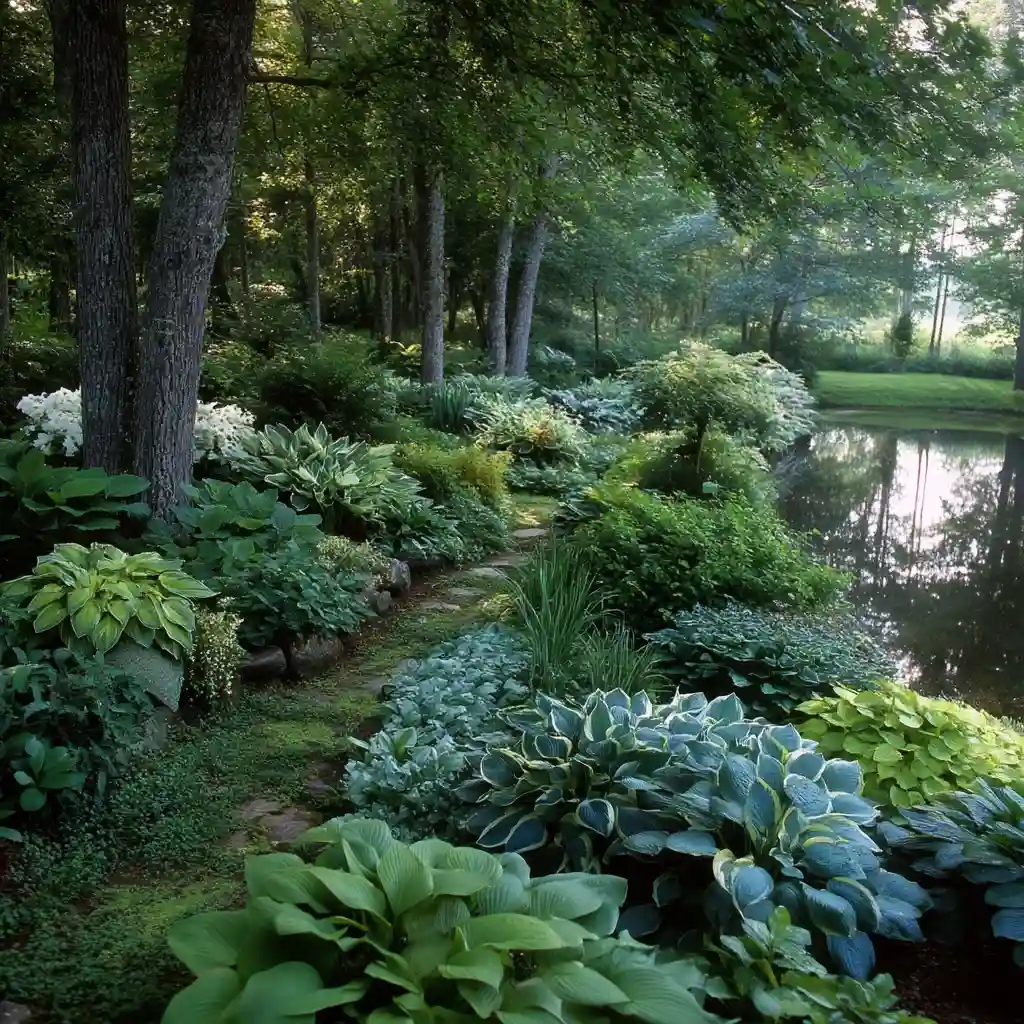
When choosing plants to grow under evergreen trees, you’re not just decorating a shady corner — you’re solving a tricky gardening problem. The best options are ground covers that thrive in dry shade and help suppress weeds in hard-to-maintain areas.
Here are some tried-and-true performers that can handle the challenges beneath evergreen trees:
Hosta (Hosta spp.)
Known for their bold foliage, hostas are among the most reliable shade-tolerant plants for under pine trees. While they prefer some moisture, mature hostas with established roots can handle drier conditions, especially when mulched. Look for Hosta plantaginea if you want summer blooms with fragrance.
Sweet Woodruff (Galium odoratum)
This low-growing perennial forms a soft, fragrant carpet of green. It tolerates dry shade well and bursts into delicate white flowers in spring. It spreads gently without becoming invasive and works well under both pines and spruces.
Black Mondo Grass (Ophiopogon planiscapus ‘Nigrescens’)
With its dark purple-black foliage and compact size, black mondo grass adds contrast beneath evergreens. It’s slow-growing but reliable and drought-resistant once established. Great for edging paths or mixing with lighter green ground covers.
Vinca Minor (Periwinkle)
Periwinkle is fast-spreading and ideal for difficult spots. Its glossy leaves and lavender-blue flowers make it a popular pick. However, be cautious—it can become invasive in some regions. Check with your local extension office before planting.
Lily-of-the-Valley (Convallaria majalis)
Another aggressive spreader that thrives in deep shade, this plant fills space quickly with fragrant bell-shaped white flowers in spring. It’s hardy and beautiful but, like vinca, needs to be monitored to prevent crowding out other plants.
✅ Pro Tip:
When planting under evergreens, start small and monitor moisture. Early watering helps new plants establish roots that can eventually compete with tree roots.
🪨 The Last Resort: When Plants Won’t Grow
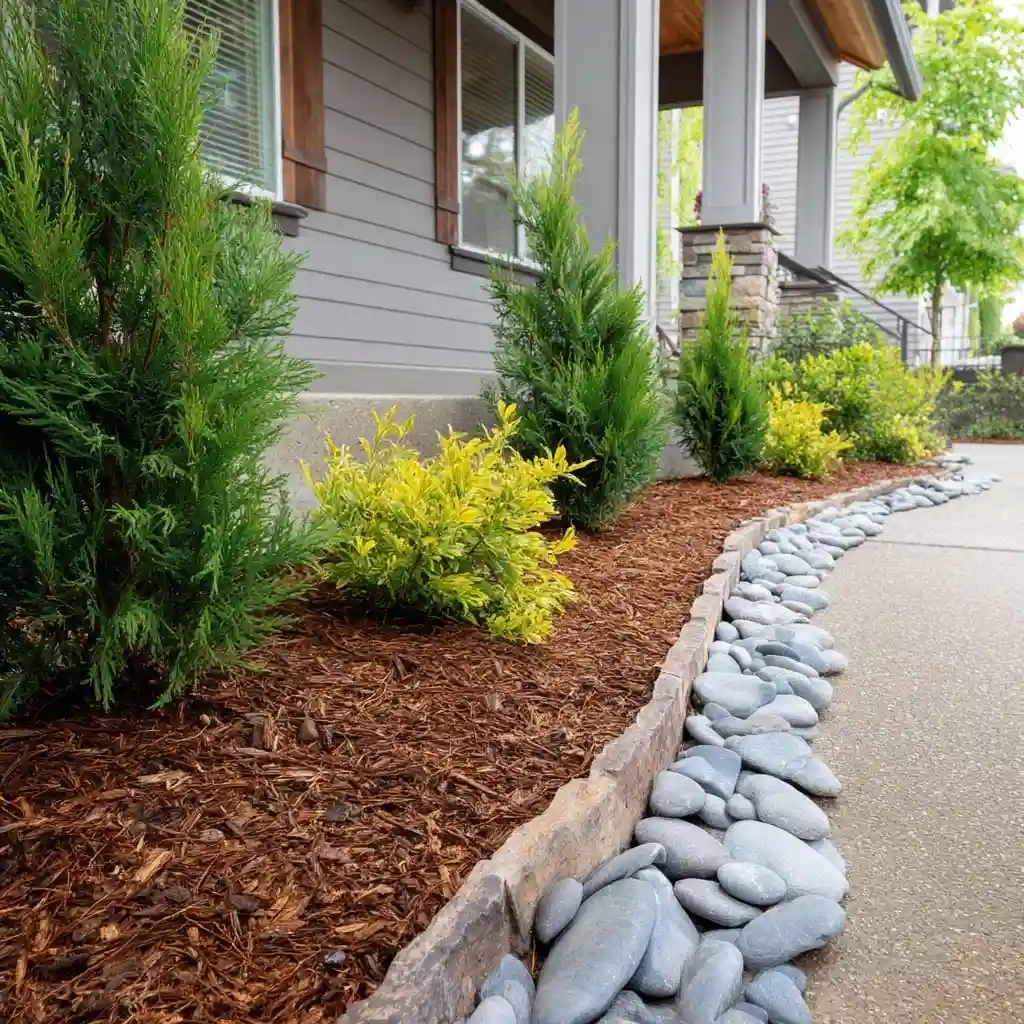
Sometimes, despite your best efforts, even the toughest plants to grow under evergreen trees struggle to survive. If the roots are too dense, the shade too deep, or the soil too dry, it might be time to shift your strategy from planting to landscaping.
Here are your best low-maintenance alternatives:
1. Mulch the Area
Organic mulch such as shredded bark, pine needles (pine straw), or wood chips not only looks tidy but also helps the soil retain moisture. It suppresses weeds, reduces erosion, and allows rain to penetrate slowly without runoff.
Pine straw mulch is a natural match for areas under conifers and blends in well with the surrounding tree litter. It’s also lighter and easier to spread than bark mulch.
2. Create a Rock Garden
If you prefer a decorative but plant-free approach, consider using landscape rock. Stones of varying sizes can create visual interest and help define the space beneath the tree. Add a border of bricks, pavers, or metal edging to keep things neat.
3. Define the “No-Grow Zone”
Sometimes the best solution is to acknowledge the limitations. Use edging materials like metal, brick, or curved plastic to define the dripline of the tree. Leave the area natural with a thick layer of mulch or pine straw. It’s clean, easy to maintain, and won’t require constant replanting.
While these options don’t add greenery, they do restore order and reduce frustration. They also prevent damage to your tree’s roots from repeated digging or watering.
🌼 Conclusion
Finding the right plants to grow under evergreen trees may take some trial and error, but it’s not impossible. By understanding the challenges — dense shade, thirsty roots, and dry soil — you can choose shade-tolerant plants for under pine trees that actually stand a chance.
Ground covers like hosta, sweet woodruff, and black mondo grass add texture and color, while more aggressive growers like vinca or lily-of-the-valley can quickly fill in tough spots (with a bit of caution). And if nothing seems to work? Mulch or rocks can transform a difficult area into a clean, attractive, low-maintenance zone.
With the right choices, even the shadiest spots in your garden can become something beautiful.
❓ FAQ: Plants to Grow Under Evergreen Trees
What is the best plant to grow under pine trees?
Hostas are one of the most reliable perennials. They tolerate shade well and, once established, can handle drier soil under pines.
Can I grow grass under evergreen trees?
Tall fescue grass can survive, but it often looks sparse. Ground covers are usually a better long-term option.
Do evergreen needles make the soil too acidic?
No — this is a common myth. The real problems are shade and root competition, not soil pH.
What if nothing will grow under my evergreen tree?
Try using pine straw mulch, bark, or landscape rock. This keeps the area neat without fighting the tree’s natural conditions.
🌿 Love gardening inspiration? Follow me on Pinterest for bold plant ideas, tips, and seasonal color!
More Posts
